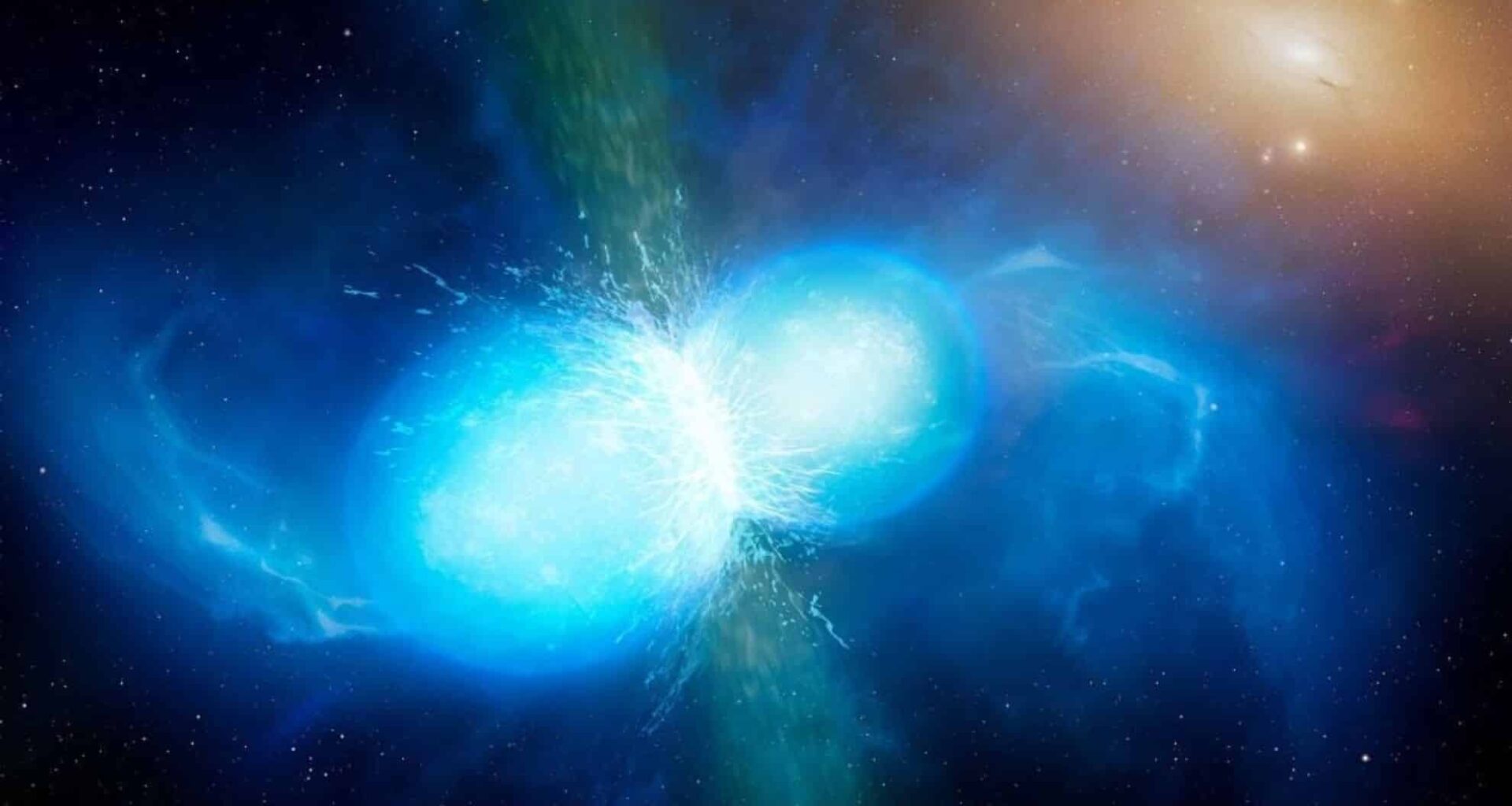NASA’s upcoming Nancy Grace Roman Space Telescope is set to revolutionize our understanding of the universe. The telescope’s High-Latitude Time-Domain Survey aims to capture 100,000 cosmic explosions, including some of the most mysterious events in space. From supernovae to tidal disruption events caused by black holes, the mission promises to shed light on fundamental cosmic questions, from the nature of dark energy to the birth and death of stars.
Exploring the Cosmic Fireworks
The Roman Space Telescope’s mission is more than just a grand cosmic survey — it’s a key step in unraveling the mysteries of the universe. With its high-resolution sky scans, Roman will focus on type Ia supernovae, a special class of stellar explosions that provide invaluable data on cosmic distances. These supernovae act as “cosmic mileposts,” helping scientists measure the universe’s expansion and probe the enigmatic force known as dark energy.
The High-Latitude Time-Domain Survey will collect data by observing the same area of the sky every five days for two years. This unique approach will allow scientists to stitch together detailed movies of cosmic events, offering an unprecedented view of the dynamic universe. Scientists estimate that Roman could uncover 27,000 type Ia supernovae, about ten times more than previous surveys have captured. These supernovae will offer an incredible opportunity to track the accelerating expansion of the universe through the ages.
Pushing the Boundaries of Time and Space
One of the most exciting aspects of the Roman Space Telescope is its ability to peer back in time. Type Ia supernovae, which occur in binary star systems with at least one white dwarf, are key to understanding the early universe. So far, most observed supernovae have occurred within the last 8 billion years, but Roman will push this boundary further. The telescope is expected to observe more than a thousand supernovae from over 10 billion years ago, and potentially dozens from as far as 11.5 billion years in the past.
This means that the Roman Space Telescope will provide the deepest view of the universe’s history, expanding our knowledge of how cosmic events have shaped the universe. As Benjamin Rose, assistant professor at Baylor University, notes, “Filling these data gaps could also fill in gaps in our understanding of dark energy,” potentially revealing how the mysterious force has evolved over time.
Take a look at these highlights from the past few months!
Roman is quickly coming together at @NASAGoddard, and later this year, the entire observatory will be integrated and ready for final testing before heading to @NASAKennedy next summer for launch, no later than May 2027.… pic.twitter.com/yG4TSHa421
— Nancy Grace Roman Space Telescope (@NASARoman) June 9, 2025
Discovering the Universe’s Rarest Events
The Roman telescope won’t only uncover familiar cosmic explosions; it will also reveal some of the rarest and most powerful events in the universe. Among these are tidal disruption events, where stars are shredded by the intense gravity of a black hole, and superluminous supernovae, which can be 100 times brighter than a typical supernova. Scientists are unsure why these explosions are so bright, and the Roman Space Telescope could provide the data needed to unlock their secrets.
Roman is also expected to find kilonovae — events caused by the collision of two neutron stars. These rare and powerful events have only been detected once before, and the telescope could uncover as many as five more. The discovery of these events will provide valuable insights into neutron star physics and the fate of stellar remnants after a supernova explosion.
The mission could also detect the first stars to form in the universe. These stars were likely much larger than modern stars and self-destructed in a way that leaves no remnant behind. This type of pair-instability supernova is extremely rare, and Roman is poised to make the first confirmed detection, with the potential to uncover more than ten of these events.
